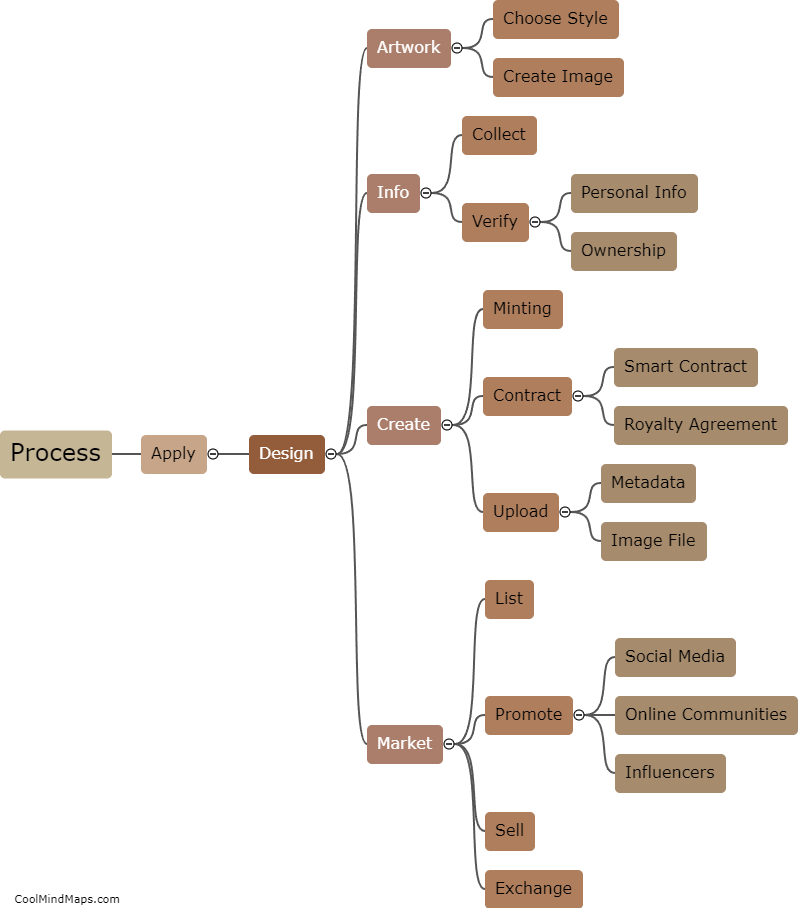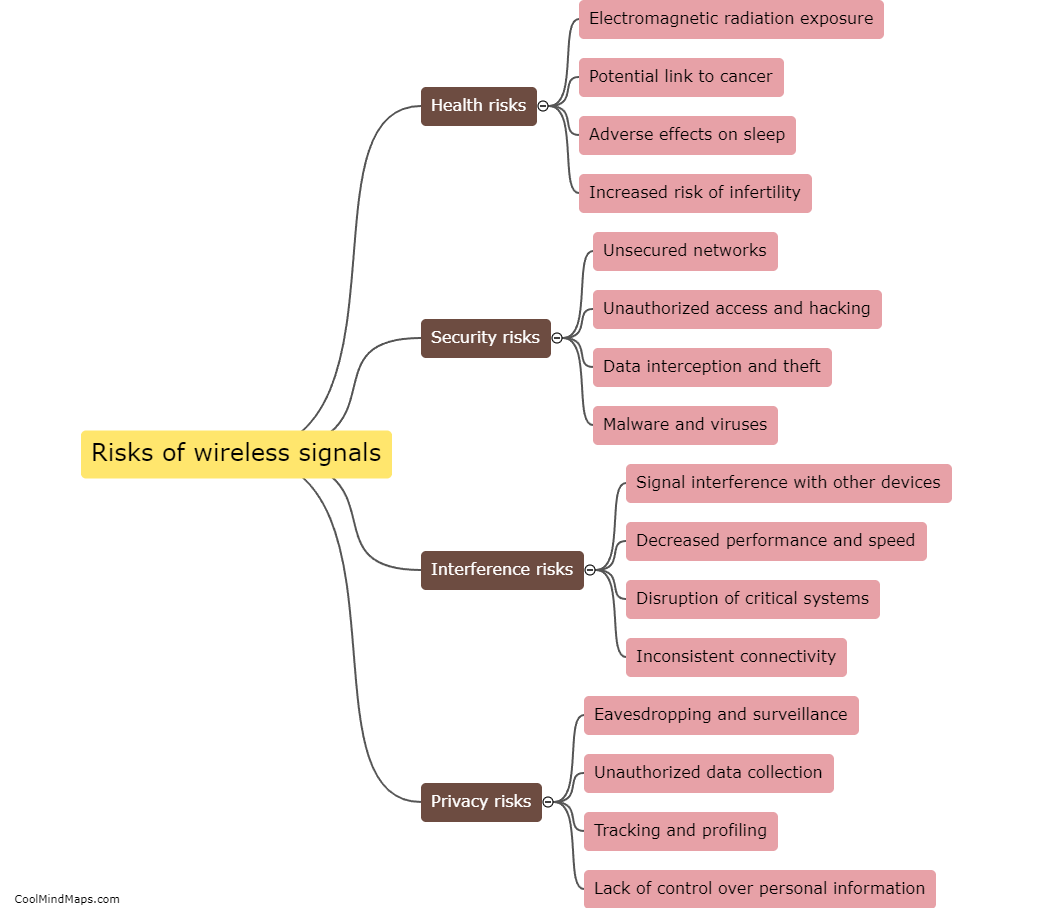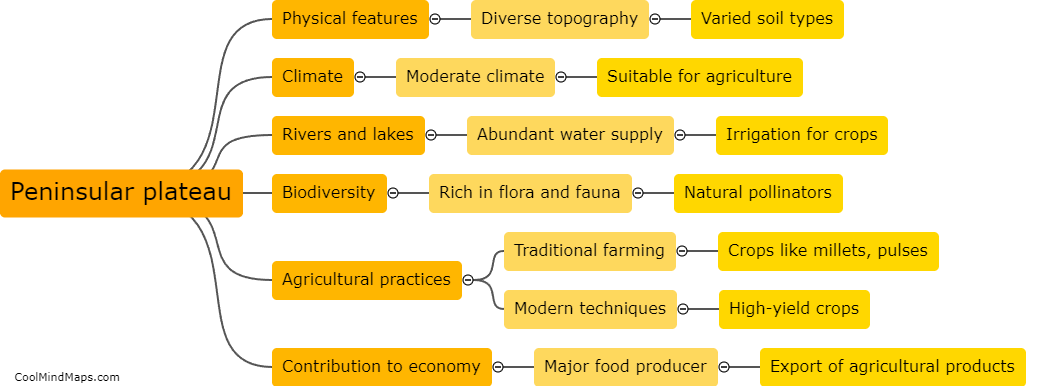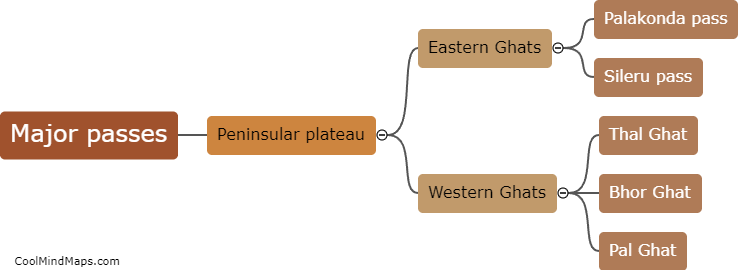How are coastal plains formed?
Coastal plains are formed by the continuous process of sediment deposition and erosion along the coastlines over thousands of years. These plains are created when rivers carry sediment, primarily clay, silt, and sand, towards the coast and deposit them there. The constant interaction of water currents, tides, and winds helps to shape the coastline and gradually extend it seaward. As the sediment accumulates, it builds up the land and forms a flat and low-lying coastal plain. Erosion also plays a vital role in the formation of coastal plains, as it erodes rocks and cliffs along the coastline, contributing to sediment deposition and reshaping the coastal landforms. The formation of coastal plains can also be influenced by geological factors, such as tectonic activities and sea level changes. Overall, the interplay of sedimentation, erosion, and natural forces leads to the gradual formation of coastal plains.

This mind map was published on 1 February 2024 and has been viewed 129 times.











